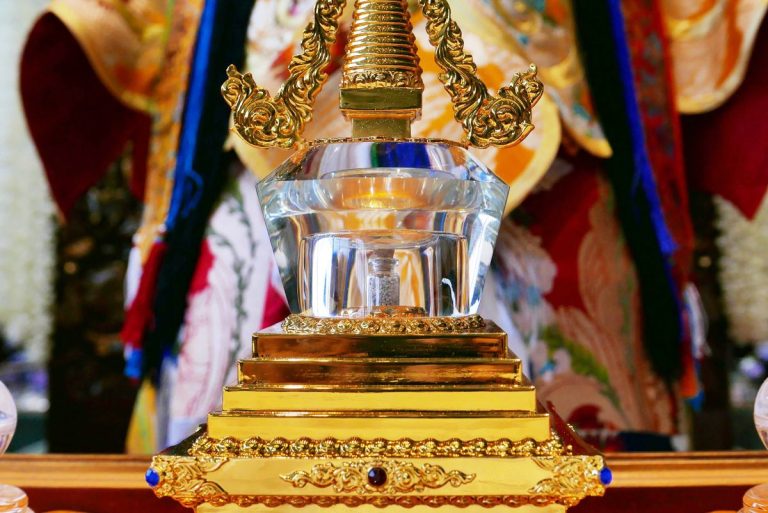
A stupa is a sacred monument in Buddhism that represents the enlightened mind of the Buddha. It is a symbol of peace, harmony, and enlightenment.
Stupas are typically built with a dome-shaped structure and a spire on top, symbolizing the path to enlightenment. They are often filled with relics or sacred texts, and are used as a place for meditation and worship by Buddhists.


In Buddhism, relics are considered sacred objects that are associated with the Buddha or other enlightened beings. These relics can include physical remains such as bones or ashes, as well as objects that are believed to have been used by the Buddha or other important figures in the tradition. Buddhists believe that relics have spiritual power and can help to inspire devotion and deepen one's connection to the teachings of the Buddha. Relics are often enshrined in stupas or other sacred structures, where they are venerated and worshipped by followers of the faith.

The Upeska Buddhist Order works to preserving stupas across the world due to their historical and cultural significance in the context of Buddhism.
Stupas are sacred structures that house relics or represent important events in the life of the Buddha, serving as a focal point for Buddhist worship and meditation.
By conserving these ancient monuments, the Upeska Buddhist Order aims to honor and protect the rich heritage of Buddhism for future generations to appreciate and learn from.
We need your consent to load the translations
We use a third-party service to translate the website content that may collect data about your activity. Please review the details and accept the service to view the translations.

